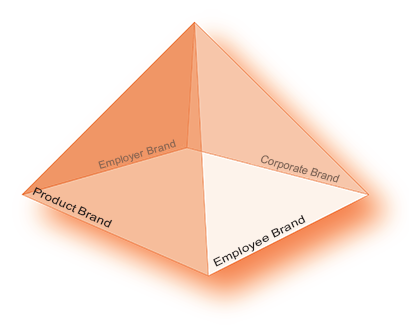


Practical Example
Brand Ambassadors - Training
Competence based brand ambassador training. Employee brand management in practice
|
Requirements of the client: After having existed for over 50 years, one of the major aid organisations wants to give itself a clear profile: its employees are intended to become brand ambassadors and in contact with others, e.g. when recruiting donors or acquiring partners, to communicate and behave in a brand-compliant way. Messages, services and projects of this non-profit organisation are mainly represented by people in different modes of dialogue. It became clear that a strong employee brand is likely to increase the awareness of a corporate brand, to create trust and to provide the brand with a “face!” Our approach: Key competences for brand-specific oral communication are defined on the basis of a defined target identity of the brand such as brand benefit (What do we offer?), brand tonality (How are we?), brand attributes (What qualities do we have?) and brand image (How do we behave?). We implement a training process for such interaction requirements with extremely varying situations and contexts, during which employee groups recognise, practise and control their employee brand competences (Employee Brand Management according to the approach developed by Nicole Schlegel) as carrier of the brand. Thus, the aid organisation gains a clear image, which may result in distinctive ideas and memory structures. The result: By applying the implemented training process, the development of brand knowledge is continuously being supported, consolidated and stored as organisation specific competences. Such strategic knowledge and skills is further developed in training groups into job-relevant interactions requirements of the employees. This way, employee groups are able to keep their brand promise by means of their behaviour and communication. Such strategic employee branding approach provides long-term and sustainable employee brand management to the HR management. |

|


